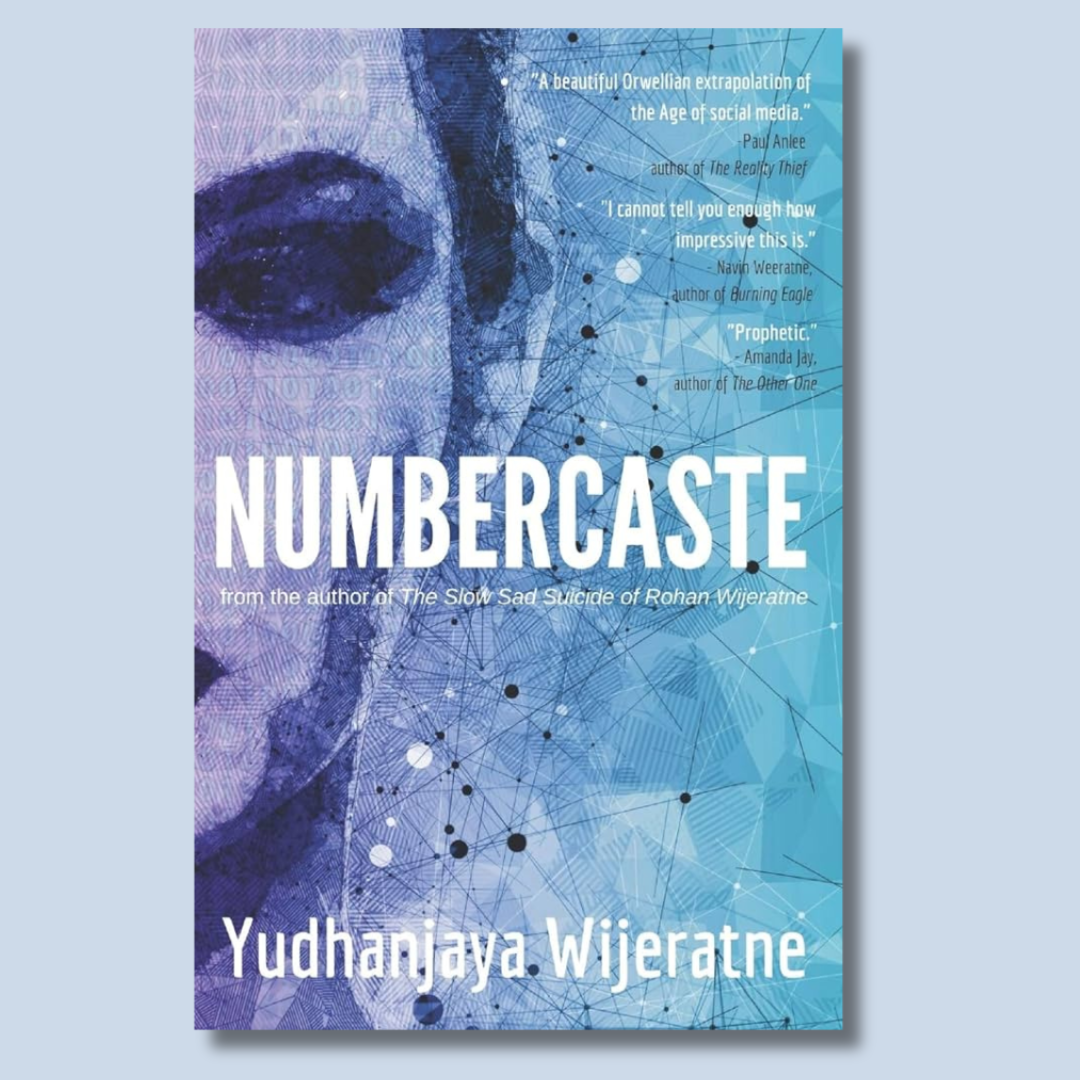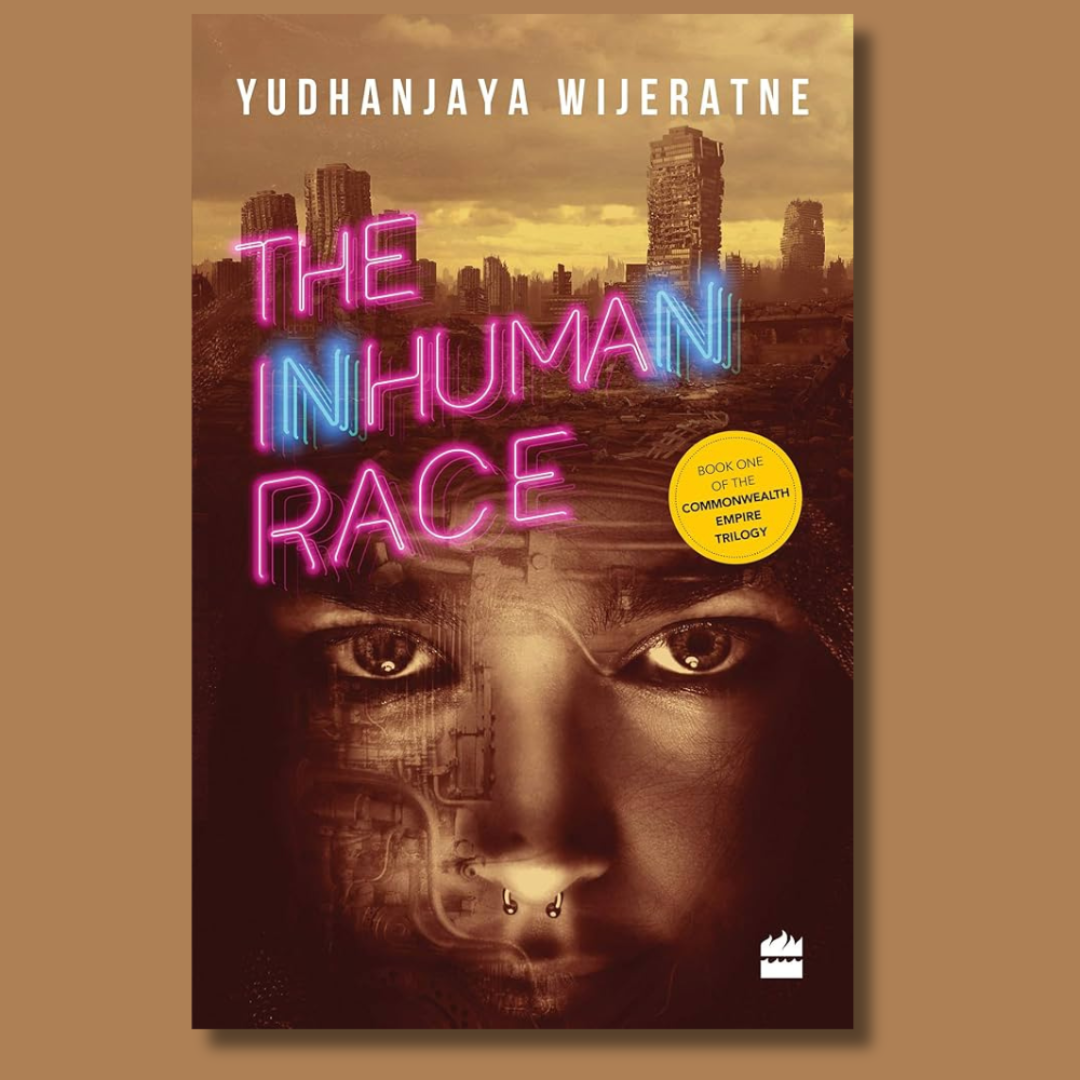
Numbercaste
A near-future where a Silicon Valley startup replaces credit scoring with social media influence checks.
A biopunk Colombo from an alternate future. Colonialism. A machine uprising. And the consequences.
The year is 2033. The British Empire never fell. Communism never happened. The Commonwealth flies the flag of the Empire. Many of the Empire’s colonies are stripped bare in the name of British interests, powerless to resist. Upon this stage is Ceylon – a once-proud civilization tracing itself back to the time of the Pharaohs, reduced but not dead. The Great Houses of Kandy still control the most lucrative trade routes, since even dust and ashes can serve a purpose.
In the midst of the ruins of “shell-blasted hotels whose spires reach out into the dark night sky”, a robotic voice with a Chinese accent declares that the Bluetooth device is ready to pair. Something like a child stirs, a spear in its hand, waiting for a new day of killing to begin.
The Inhuman Race is part of of my Commonwealth Empire trilogy, and is only technically sold in the Indian subcontinent (essentially, India, Pakistan, Bangladesh, Nepal, and Sri Lanka) by HarperCollins India.
“… ambitious speculative fiction, a narrative that crosses genres and geographies, with a setting that is part cyberpunk, part steampunk, part postcolonial.” (Huffpost)
“A thought-provoking read – not least for the sequence where he subverts the philosopher John Searle’s famous Chinese Room argument to argue against its original premise – The Inhuman Race cements Yudhanjaya Wijeratne’s status as one of the subcontinent’s science fiction stars, especially when it comes to hard sci-fi. An intelligent tale that deftly weaves together the tropes of alternate history with themes of artificial intelligence and its implications when – and if – it achieves sentience. And while it is set in Ceylon and draws upon Sri Lankan history and folklore, The Inhuman Race doesn’t exoticise its setting or culture which in itself is a commendable thing. For readers familiar with Sri Lanka – if not from the country itself – the book offers many an inside joke and easter eggs.” (Gautum Shenoy, FactorDaily)
And for some strange reason, I wound up giving an interview to GQ India (yes, that GQ) about this book on launch. I’m including it here as one of the more hilarious things to happen around this book.
The Inhuman Race was my second novel, directly after Numbercaste. Numbercaste had wound up being mildly prophetic, and it made sense to continue the five-minutes-into-the-future thing. Policy circles (the kind I was working in) love this futurism stuff.
So I decided to do something totally different. The Inhuman Race, born from my love of Bioshock, was set in an alternate future. I have some early notes speculating on technological directions.
The Inhuman Race (and sequels) draws inspiration from five quarters:
